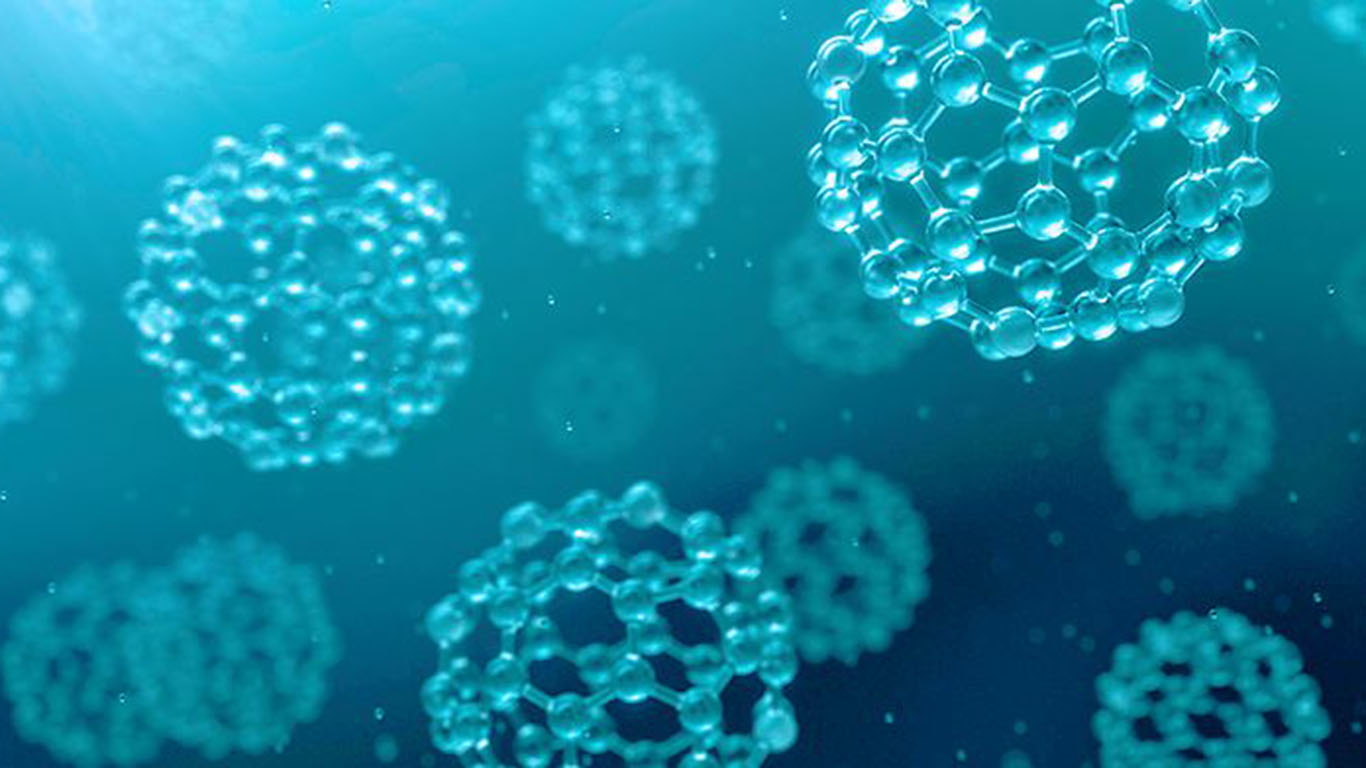
- Stage of development
-
In vivo proof of concept
- Intellectual property
-
European priority patent application filed
- Intended collaboration
-
Licensing and/or co-development
- Contact
-
Xavier GregoriVice-presidency for Innovation and Transferxavier.gregori@csic.escomercializacion@csic.es
- Reference
-
CSIC/XA/017
Additional information
#Health
#Therapy
#Small Molecule
#Oncology
#Micro & Nanomaterial
Iron oxide nanoparticles doped with 223Ra for cancer treatment
Nanoparticles comprising an iron oxide core doped with radioisotope 223Ra and a coating layer of an organic compound, which may have application as radiotheranostic agents and in the treatment of cancer.
- Market need
-
The use of radiometals with imaging and/or therapeutic properties is becoming more and more extended for their application in different pathologies. A common aspect of these radiometals is the need to bind them to some type of organic compound that binds as tightly as possible to the radiometal, in a stable manner, and does not release it once injected in vivo. In addition, the binding of the radiometal and the chelator should be easy, fast for the half-life of the radiometal and should allow the subsequent binding of biomolecules in order to target their accumulation in the site of interest.
- Proposed solution
-
New nanoparticles have been designed which comprise an iron oxide core doped with radioisotope 223Ra and a coating layer of an organic compound. The radioisotope is within the crystalline structure of the iron oxide and being part of said structure, occupying vacancies corresponding to Fe, which plays an important role in increasing in vivo stability and reducing free radium scattering by the organism. Also, the thick organic layer provides colloidal stability in highly saline solutions and helps to the radiolabeling stability. In a test with a glioblastoma mouse model, an accumulation of nanoparticles in the tumor was observed. In addition, a method for the preparation of these nanoparticles has been developed.
- Competitive advantages
-
- Because of their small size, these nanoparticles are not only ideal candidates for radiotherapy in oncology but they also provide positive contrast (bright signal) in magnetic resonance imaging so they can be used as radiotheranostic agents.
- They can be used for medical imaging during treatment, enabling the monitoring of treatment accumulation and progress. imágenes por resonancia magnética, por lo que pueden utilizarse como agentes radioteranósticos.
- The preparation method provides radiolabelling yields higher than 85%.
- El método de preparación ofrece rendimientos de marcaje superiores al 85%.